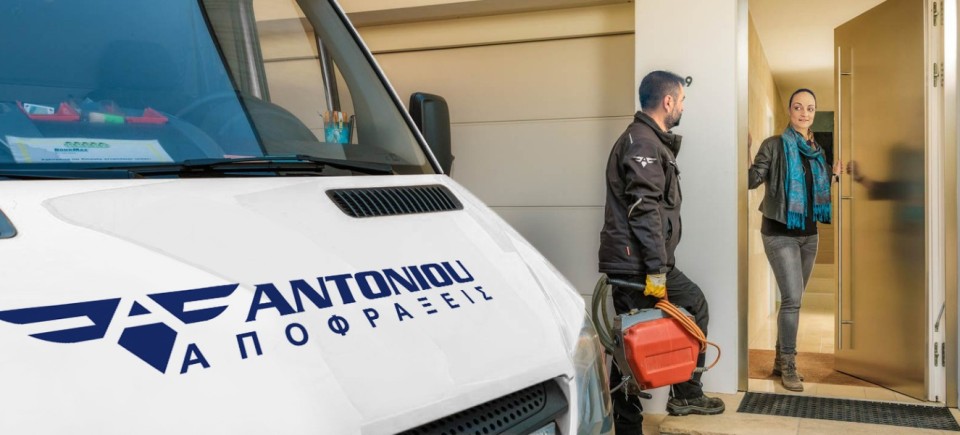
Sewer line blockages can lead to significant damage and inconvenience. Whether in residential or commercial buildings, a clogged main sewer line can disrupt daily routines, cause odors, and even result in costly repairs. Understanding the common culprits behind these blockages is essential to preventing them and maintaining a smoothly flowing sewer system.
Tree Roots: The Silent Invaders
One of the leading causes of main sewer line blockages is the infiltration of tree roots. As trees grow, their roots tend to spread in search of sources of water and nutrients. Unfortunately, sewer lines often provide an attractive supply. Tree roots can penetrate the smallest cracks or joints in the sewer pipes, leading to blockages and even pipe damage.
To prevent tree root intrusion, it is important to choose tree species and planting locations carefully, keeping them far away from sewer lines. Regular inspections and root cutting can also help maintain clear sewer pipes.
Grease Build-Up: Cooking for Trouble
Grease may seem harmless when washed down the drain, but it can wreak havoc on your main sewer line. Over time, cooking oils and fats solidify and build up within the pipe walls, causing blockages and reducing the flow of wastewater. The accumulation of grease can also attract other debris, exacerbating the problem.
To avoid grease-related blockages, always dispose of oil and grease properly. Let them cool and solidify before disposing of them in the trash. Additionally, using strainers or filters in kitchen drains can help trap grease and prevent it from entering the sewer system.
Foreign Objects: Unwanted Guests
Foreign objects that make their way into sewer lines are another major culprit behind blockages. Items like hygiene products, wipes, paper towels, and even small toys can accumulate within the pipes and impede the flow of wastewater. These obstructions can be difficult to remove without professional assistance.
Ensure that only toilet paper is flushed down the toilet, and educate household members or employees about what should and should not be disposed of in toilets or drains. Placing garbage cans in restrooms can also discourage people from flushing inappropriate items down the toilet.
Collapsed or Damaged Pipes: The Underlying Threat
Over time, sewer pipes can deteriorate due to various factors, including age, material quality, and soil movements. Collapsed or damaged pipes can lead to severe blockages and require immediate attention. Signs of pipe damage include slow drains, gurgling sounds, foul odors, and water pooling in unexpected areas.
Regular sewer camera inspections by professionals using advanced technologies, such as sewer cameras, can identify pipe damage before it leads to a complete blockage. Timely repairs or replacements can prevent extensive damage and costly repairs in the future.
In conclusion, understanding the common culprits behind main sewer line blockages is crucial to maintaining a functional sewer system. By avoiding tree root infiltration, properly disposing of grease, preventing foreign objects from entering the sewer system, and addressing collapsed or damaged pipes, you can reduce the risk of blockages and ensure the uninterrupted flow of wastewater.



























